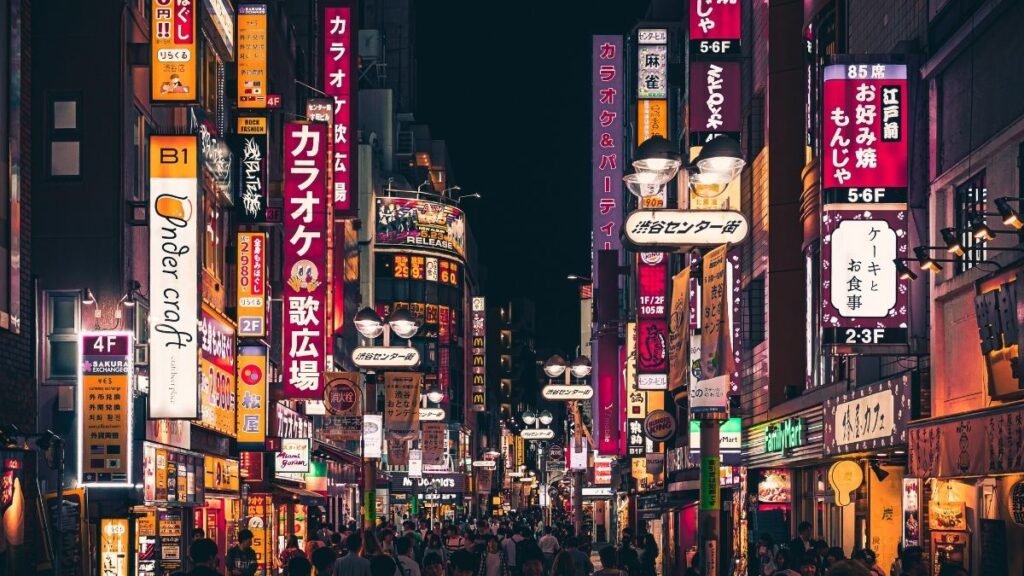Bank of Japan ends negative rates, marking the end of the world’s most aggressive monetary easing. After 17 years, the Central Bank of Japan will raise its negative interest rate by changing its short-term policy rate from -0.1 percent to between 0 and 0.1 percent.
Bank of Japan Ends Negative Rates
Officials have reviewed the positive link between wages and prices and have concluded that achieving the price stability target of 2% sustainably was within reach by the end of the projection period of the January 2024 Outlook Report.
Additionally, the bank announced that other unconventional policies, such as its yield curve control program on bonds and the purchase of risk assets such as exchange-traded funds (ETFs) and Japan real estate investment trusts, will end.
Even though the Federal Reserve and other central banks had raised the rates to control high inflation following Russia’s 2022 invasion of Ukraine, the Bank of Japan (BoJ) has maintained its negative main rate since 2016.
The Bank of Japan’s decision to maintain its negative main rate was based on fears of repeating past decades of stagnation and deflation. The last rate hike by the BoJ was in 2007.
As the Bank of Japan ends negative rates, borrowing costs for consumers and businesses will increase, as will Japan’s debt servicing expenses, which are among the highest globally, at 260% of national output.
As the Bank of Japan ends negative rates, it is important to understand the reason behind the negative rates. Negative interest rates were designed to push banks into lending to businesses rather than holding capital with the BoJ.
The goal is to increase the amount of money circulating in the economy, stimulate lending, and promote economic growth. It’s essentially a way to ensure that banks have enough money on hand to meet the demand for loans and other financial transactions, which helps keep the economy running smoothly.
The BoJ also purchased large amounts of bonds and assets to inject money into the banking system, making it easier for banks to lend money to consumers and businesses and a way to ensure that banks have enough money on hand to meet the demand for loans and other financial transactions, which helps keep the economy running smoothly.
These policies caused the yen to weaken against the dollar, benefiting exporters while making imports more expensive for consumers.
As the Bank of Japan ends negative rates, it is important to note that the Inflation has been at or above the BoJ’s target of 2% for almost two years. Despite small adjustments, like being more flexible with its target range for bond yields, the main interest rate has stayed negative.
The major reason behind the Bank of Japan not ending negative sooner was due to its decision to see clear signs of a “virtuous cycle” where demand rather than temporary factors drive rising wages and inflation.
The puzzle seems to be complete now, with Japan’s largest trade union securing a 5.3% wage hike from employers, the biggest reported since 1991.
Stefan Angrick at Moody Analytics believes that Japan is on the right track to maintain its 2% inflation rate domestically. According to the Nikkei report released on Tuesday, as the Bank of Japan ends negative rates, it is also planning to remove other measures like its bond yield control program and the buying of risky assets.
Read Also:
US Dollar Edges Up, Bitcoin Hits A New Record High

